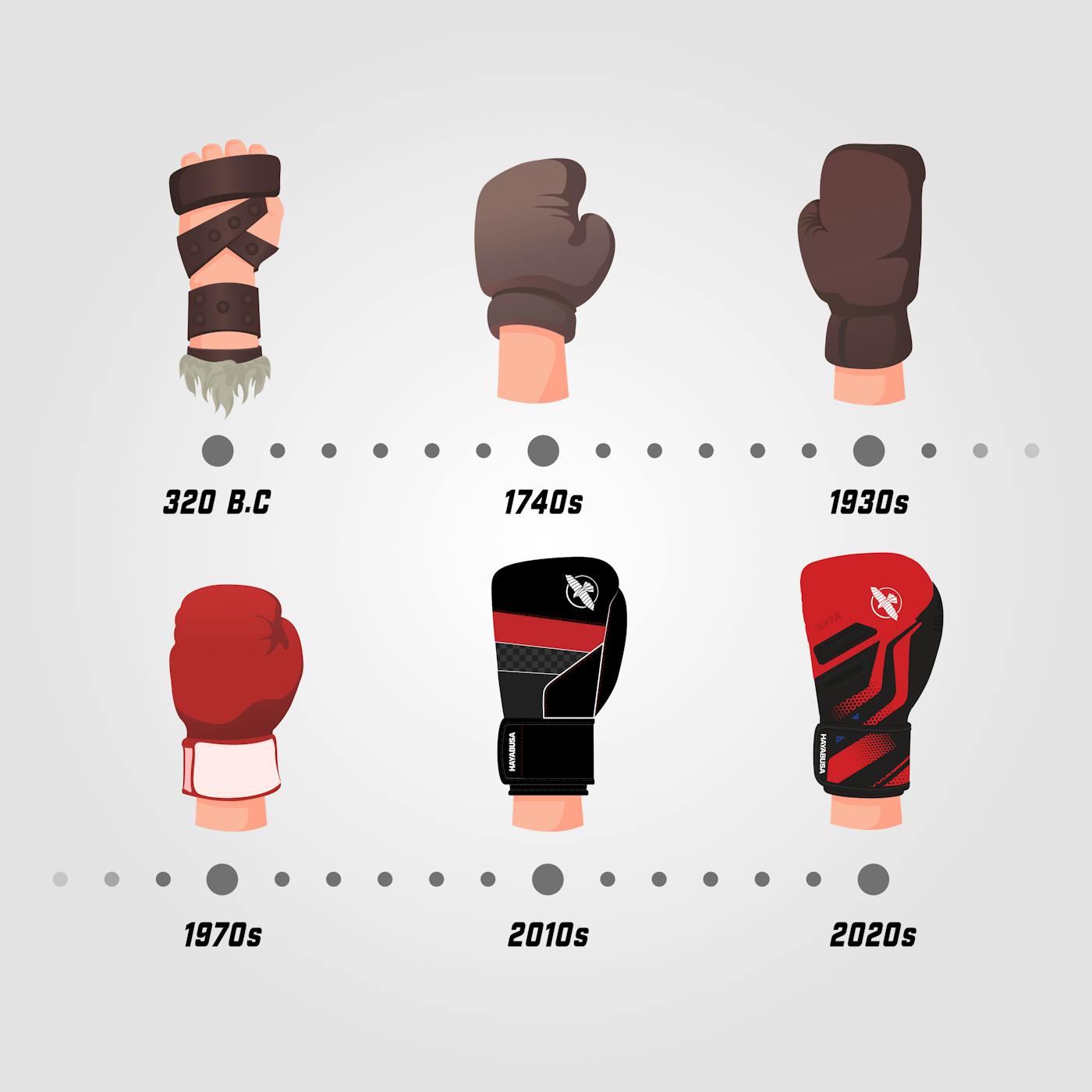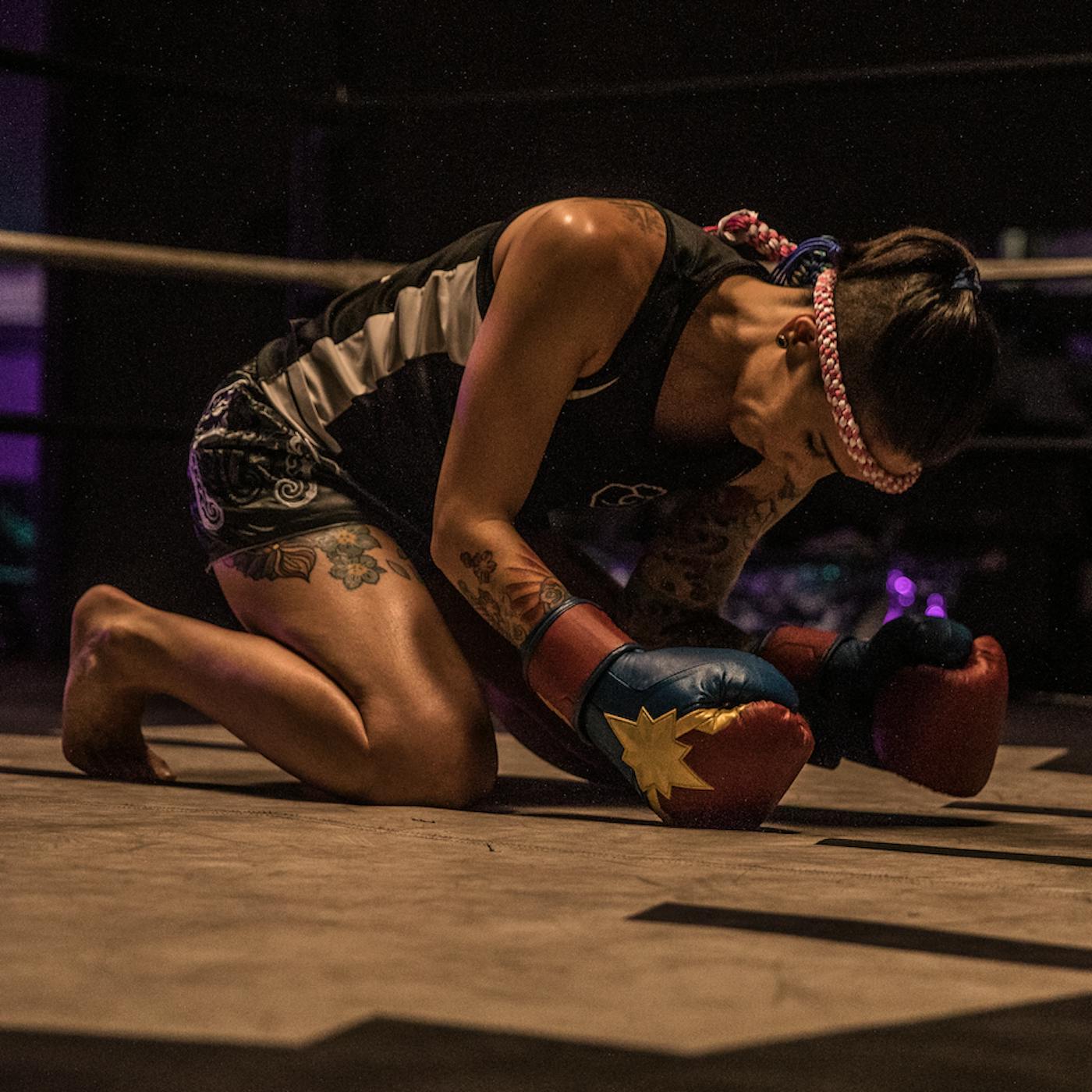Combat sports have been a significant part of the global culture for centuries, showcasing physical prowess, discipline, and strategy.
From ancient civilizations to modern-day tournaments, the evolution of boxing, MMA, and Jiu-jitsu reflects humanity’s fascination with the physical and mental fortitude it requires, whether competing or not.
This blog explores the history of combat sports and the significant impact they still maintain for fighters of every level from around the world.
Ancient Origins of Combat Sports: Going Back to Where It All Began
The earliest forms of boxing trace back to ancient Greece. During this time, fighters used leather straps instead of gloves to protect their hands, and the full-contact combat was often more brutal than what’s seen today.
There were virtually no rules and “creative” strategies were used to cripple opponents. For instance, a known fighter named Sostratos was nicknamed “Fingertips” for his technique of breaking his opponent’s fingers at the beginning of a match.
Another boxing champ named Melankomas had a unique defensive technique. Ultimately, he never dealt a blow or was hit. Instead, he simply held up his arms in defense until the opponent was too exhausted to carry on.
Though fighting commenced partly for entertainment purposes, boxing was also featured in the Olympic Games as early as 688 BC. Then, as combat sports evolved, disciplines including Jiu-jitsu and judo began taking form in Japan, emphasizing technique over brute strength.
The combination of athleticism and artistry of these specific sports laid the foundation for many modern grappling techniques and fighting strategies of the future. However, it’s the raw force of those early days of combat sports that remains at the core.
Read more: The History and Tradition of Muay Thai
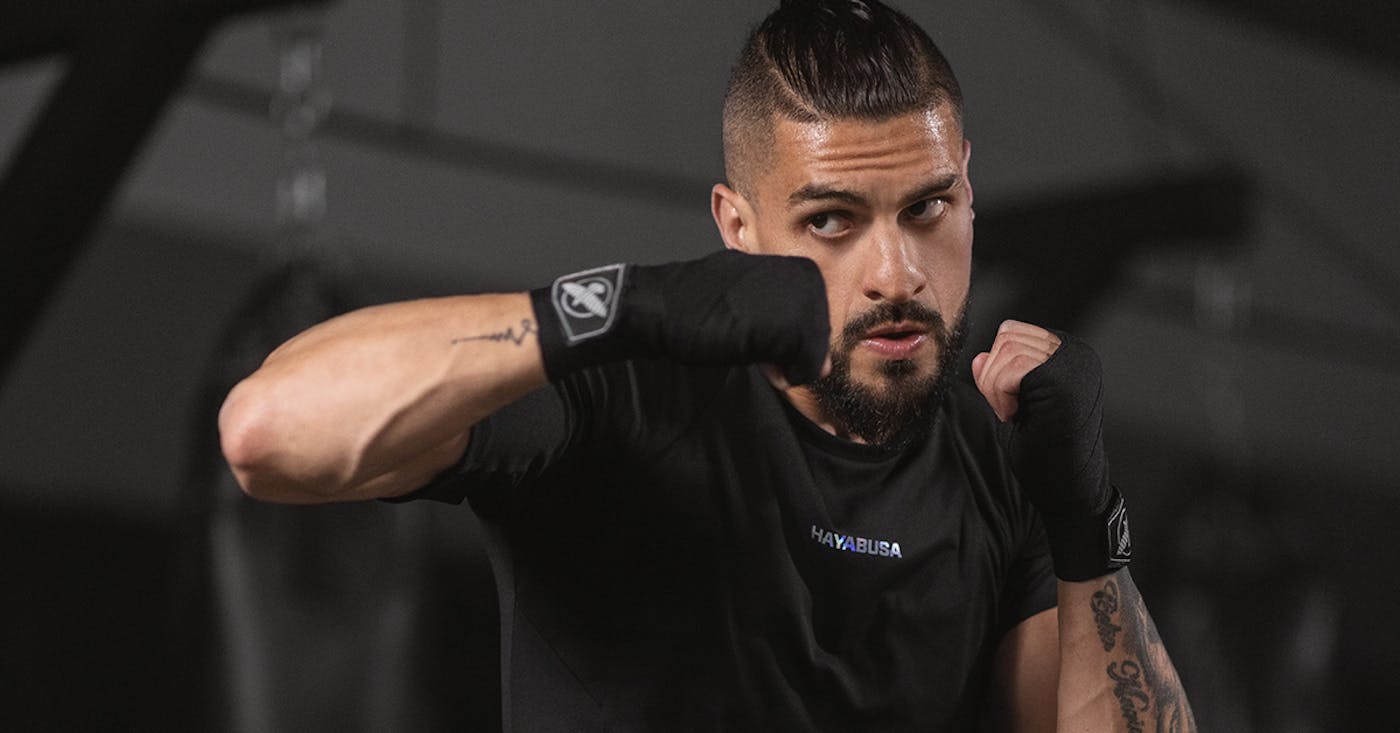
The Evolution of Boxing
It wasn’t until the 19th century that the Queensbury Rules revolutionized boxing by mandating gloves and structured rounds. Until then, nearly anything was allowed except for biting and eye-gouging.
Under the new rules, each round was set at three minutes with one minute in between rounds. The rules also stated boxing gloves must be worn and should be “fair-sized” and of the “best quality.”
As boxing's popularity continued to grow, it officially became a global phenomenon, emerging prominently in the U.S. by the 20th century, with legends like Muhammad Ali and Mike Tyson shaping its legacy.
Their champion performance brought a whole new wave of fans to the sport and paved the path for current fighters like Terence Crawford and Canelo Alvarez to emerge and experience the same type of fame and legend-building careers.
Establishing Boxing Weight Classes
As boxing continued its transition from a brutal spectacle into a legitimate combat sport, the structure of weight classes allowed for fairer competition between competitors. Additionally, women also began their rise as boxers dominating the sport, competing within their own weight class.
Men’s weight classes range from flyweight (115 lbs.) up to super heavyweight (200+ lbs.). Women’s weight classes also start at flyweight (112 lbs.) and go up to middleweight (165 lbs.).
Certain competitions may have slightly adjusted weight regulations. Regardless, distinguishing classes ensures competition is focused on matching opponents of comparable sizes. This keeps the focus on technique, skill, and strategy rather than body size.
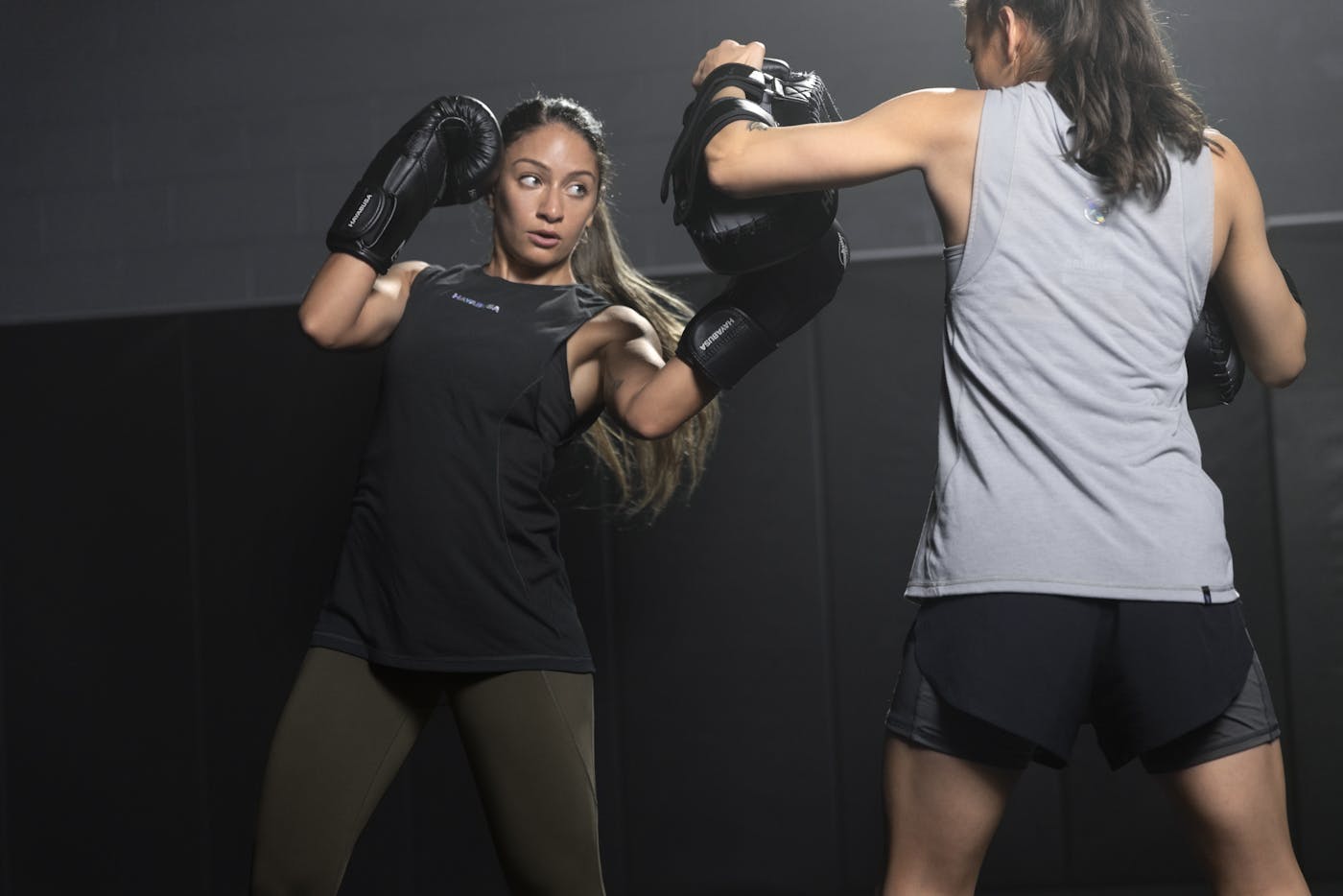
Standard Boxing Gear Every Fighter Needs
Whether a beginner boxer or a champion-level athlete, every fighter needs the same boxing essentials to enhance their performance. These include boxing gloves, hand wraps, and workout equipment such as a heavy bag or reflex bag.
Boxing Gloves
Fortunately, today’s fighters have far more to work with than leather straps to protect their hands. Modern innovations, such as Hayabusa’s T3 Boxing Gloves, provide unmatched protection and performance.
Backed by a decade of research, these award-winning gloves are designed with multi-layered technology foam composition for the ultimate knuckle protection.
Additionally, the exterior is crafted with virtually indestructible Vylar material and Dual-X interlocking wrist straps for maximum comfort and protection.
Read more: The Evolution of Boxing Glove Design
Hand Wraps
Soft and flexible hand wraps provide the first line of defense for boxers. Wrapping the hands is an important step before beginning heavy bag work or sparring.
They protect the wrists and knuckles and help fighters maintain good hand positioning and form.
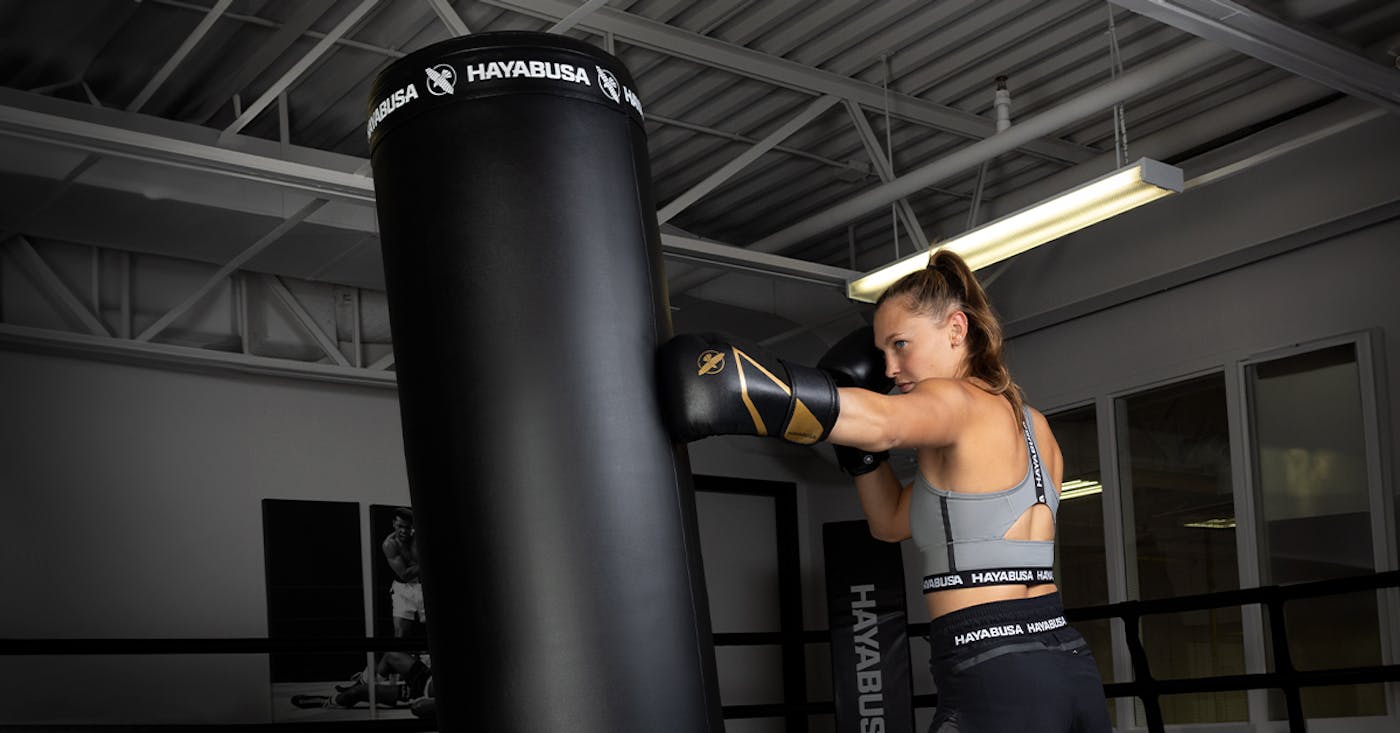
Punching Bags
Punching bags allow athletes to work out at home similar to how they train in the gym. Heavy bags, reflex bags, and double-end bags all help to build endurance, strength, and speed, which benefits boxers but is also advantageous for other types of martial arts.
The Origins of Mixed Martial Arts (MMA)
MMA’s roots can also be traced back to ancient Greece in a contest that was known as pankration. This brutal competition combined wrestling, boxing, and street fighting and set the stage early for what MMA would eventually become.
When the Ultimate Fighting Championship (UFC) debuted in 1993, it blended techniques from boxing, wrestling, and other martial arts to form the modern version of MMA.
With athletes being exposed to new disciplines, techniques, and fighting styles, many weren’t sure whether to focus primarily on Jiu-jitsu vs. Muay Thai.
Brazilian Jiu-jitsu (BJJ) evolved as a refinement of traditional Judo, emphasizing leverage and submissions. BJJ’s dominance in early UFC tournaments highlighted its effectiveness, boosting its global appeal.
Meanwhile, Muay Thai is believed to have begun as a way for Siamese soldiers to weaponize their bodies during battle. Now, it requires a strategic blend of physical and mental agility with a mix of stand-up striking, leg sweeps, and clinching techniques.
However, with a history of over 1,000 years, the discipline and tradition of Muay Thai still stands today.
Difference Between Gi vs. No-Gi Jiu-Jitsu
Practitioners have the option between gi and no-gi for Jiu-jitsu training and competition. A gi is a two-piece uniform worn for Jiu-jitsu and other martial arts like Judo and karate. It is composed of a robe-like top, which is closed with a colored belt signifying the person’s Jiu-jitsu rank, and paired with loose-fitting pants.
No-gi BJJ is the same sport but with different apparel. No-gi includes wearing rash guards to prevent mat burns and other skin injuries. In no-gi BJJ, competitors aren’t allowed to grip their opponent’s clothing; whereas, that’s acceptable in gi BJJ.
Muay Thai Gear and Equipment
As with boxing, Muay Thai fighters need a quality pair of boxing gloves to enhance their performance as well as hand wraps to protect the knuckles and wrists.
However, Muay Thai also includes leg sweeps which means protection for the lower half is essential. The T3 Striking Shin Guards cover the entire leg while still providing enough agility to move freely around the mat.
Additionally, because of the full-body contact of this martial arts discipline, appropriate headgear is also necessary for safety. The T3 MMA Headgear has a streamlined design to offer full coverage protection without compromising visibility.
Its patented T-Cross® closure provides a customized fit while the multi-layered foam technology keeps fighters feeling confident during combat.
Hayabusa T3 Boxing Headgear
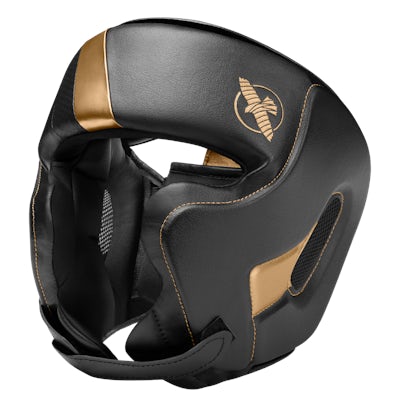
Hayabusa T3 Boxing Gloves

Mayweather 180” Stretch Hand Wraps

Hayabusa E1 Boxing Gloves

Exploring Martial Arts in the Modern Era
The journey of combat sports from ancient traditions to modern-day competition showcases the enduring appeal and adaptability they offer.
Whether you’re drawn to boxing, MMA, or Jiu-jitsu, understanding the history of combat sports can deepen your appreciation and motivation as you train.
It’s fascinating to think about how far these combat sports have come and exciting to see what types of legends will emerge next.
Secure the best gear for your training journey. From boxing gloves to no-gi Jiu-jitsu apparel, and more, Hayabusa helps you get a headstart on the competition.


